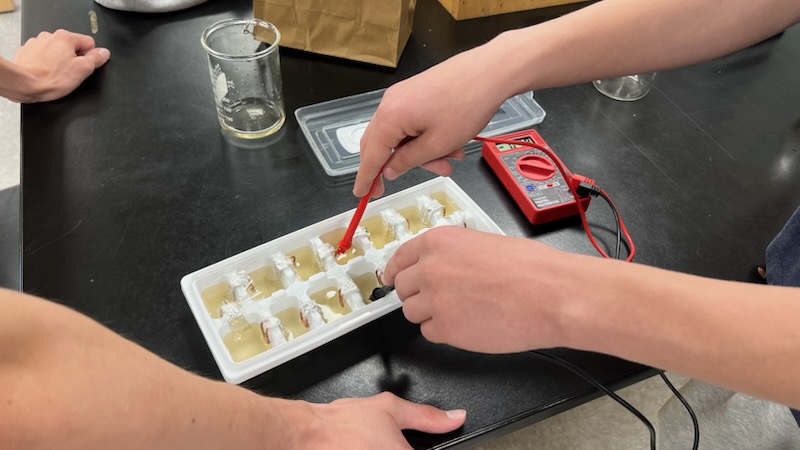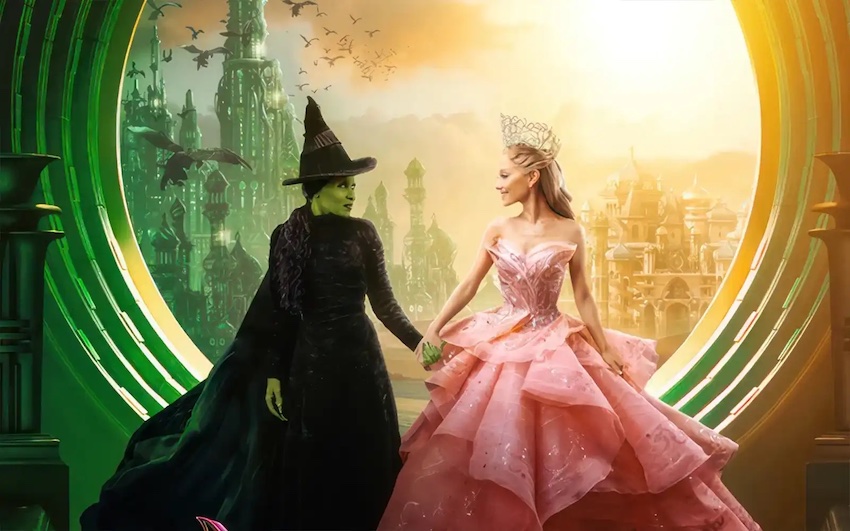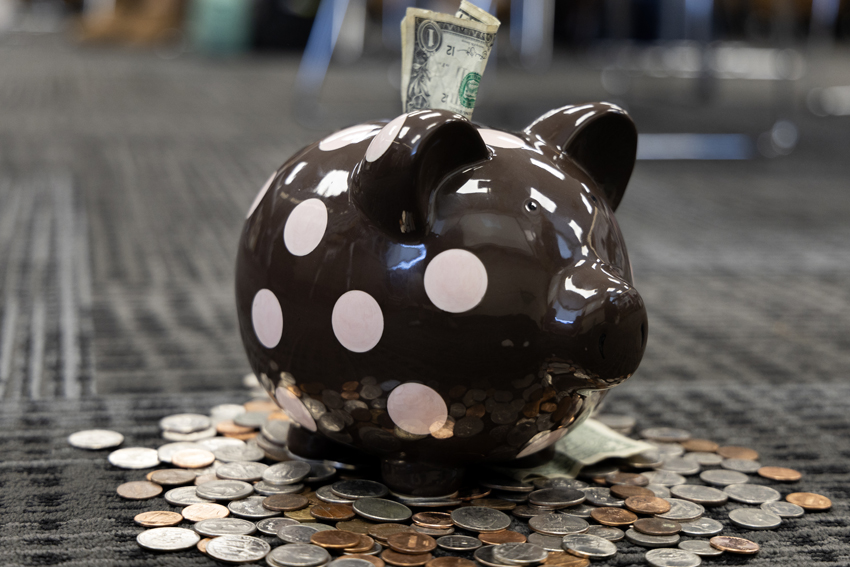The blues affect most people at one time or another.
According to the National Institute of Mental Health [NIMH], “approximately 8.5% of adolescents get seriously depressed each year. Clinical depression is a serious illness sweeping the nations teens affecting their thoughts, feelings, behavior and overall health,” (www.nimh.org).
Out of 177 students polled on campus, 160 said they had been depressed at one time in their life.
“When I’m depressed I cry all the time,” an anonymous campus student said “I feel like no one is there and no one can help you or understand your problem. You feel like there is no reason to live, and that no one would care if you were dead or alive.”
However, there are different types of depression. The type of depression many teens face is situational depression, according to Josh McDowell’s commentary on how to council troubled teens. “This type of depression is mostly temporary, with less severe symptoms,”” McDowell says.
“Since teenagers are in transition between childhood and adulthood,” writes Don Baker in his novel on Depression: Finding Hope and Meaning in Life. “”It is not surprising that many adolescences’ depression relates to developmental struggles. Some depression in adolescence is quite normal, probably more normal during this developmental stage than at any other stage.”
Despite it’s relatively uncommon nature, the second most common clinical depression can be extremely intricate and the causes can be various and diverse. Many students struggle with this type of depression, with nearly five percent of all teens identified as clinically depressed every year.
“Depression steals faith and hope from our students, rendering them ineffective and gives them a lack of desire to participate in activities they usually would be interested in,” Mike Whitford, high school youth pastor at People’s Church, said. “”10-15 percent of the students in our youth group suffer from depression.”
The main causes of depression can be abuse (mental, physical, sexual), abandonment, rejection or former drug/alcohol addiction that causes chemical imbalances .
So what separates clinical depression from the regular, expected adolescent blues?
According to NIMH’s website, the symptoms of clinical depression are physical effects such as excessive sleep, significant weight loss or weight gain, headaches, rapid heartbeat and lack of energy. Emotional effects can include moodiness, extreme and rapid emotion changes, discouragement, and a shortened attention span.
Depression is an issue no one should have to deal with alone. If any of these symptoms appear in your life or a life of a friend information for this article was taken from www.NIMH.org and Josh McDowell’s guidebook for counseling teens.
” “Drawing [courtesy] Tyler Charest, ’05.” “Depression is a common issue amongst teenagers in today’s society. The belief that life is not worth living often leads to suicide and other life-derailing problems.” “” “” “NIMH website






